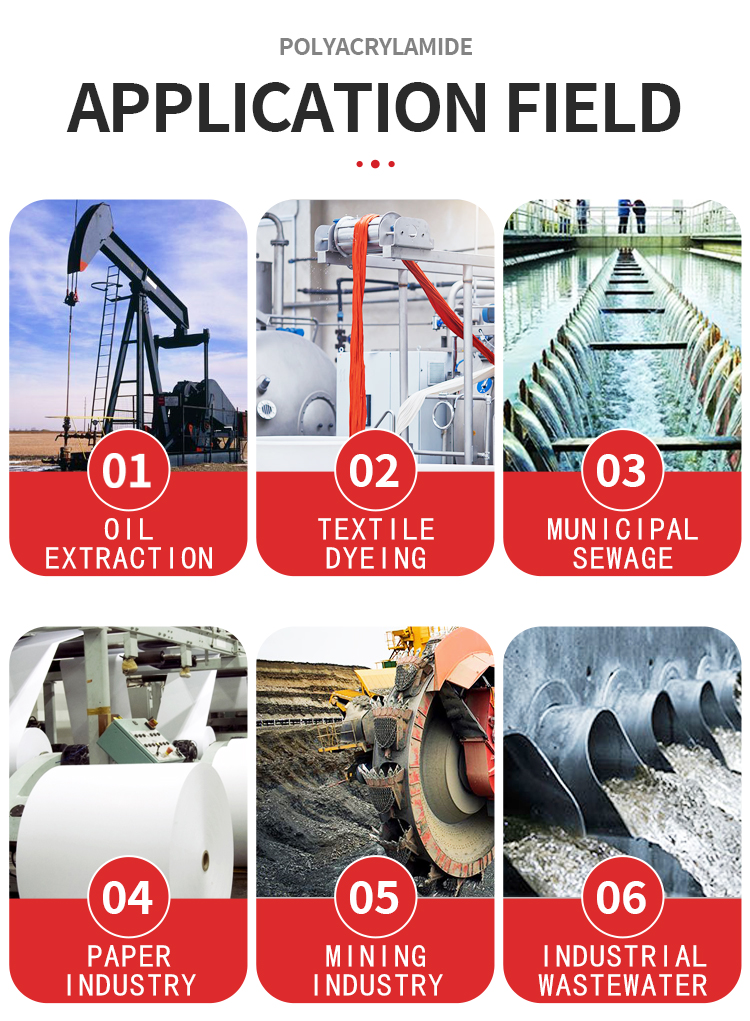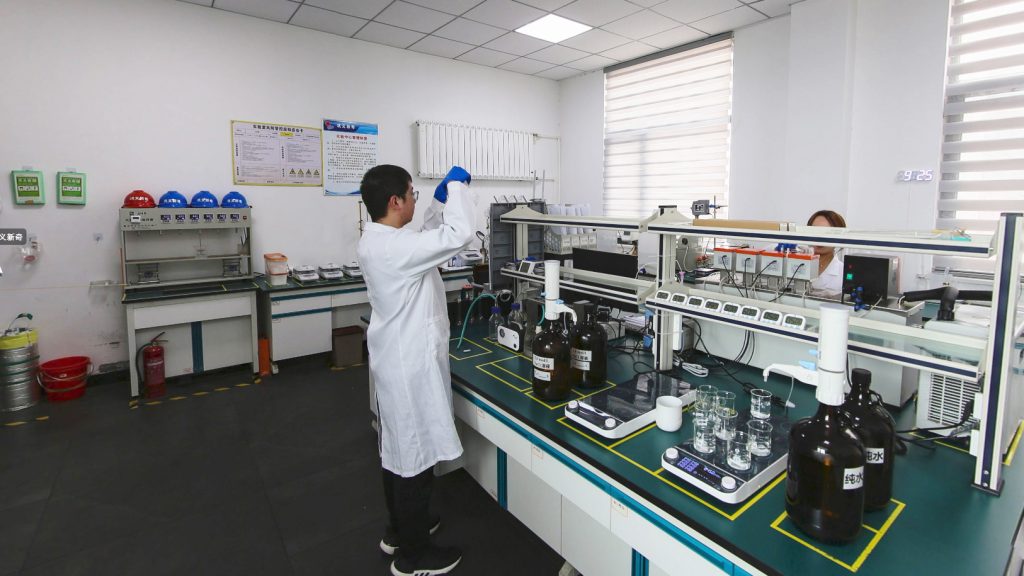5 major misunderstandings in the selection of polyacrylamide (PAM)
1: The larger the molecular weight, the better the effect
Many users mistakenly believe that the higher the molecular weight of PAM, the better the flocculation efficiency and treatment effect. However, in fact, the best flocculation effect under different water quality conditions may correspond to a specific range of molecular weights, not the larger the molecular weight, the better. High molecular weight PAM is suitable for suspended particle systems with high concentrations, small particle sizes and opposite charges, while for some low concentrations or specific types of sewage, medium and low molecular weight PAM may be more suitable.
2: The higher the ionicity, the wider the applicability
For cationic PAM, people sometimes think that the higher the ionicity, the stronger its adaptability to sewage. But in fact, the choice of ionicity also needs to be determined according to the charge properties and organic matter content in the water to be treated. For example, for sewage treatment containing a large amount of negatively charged sludge, cationic PAM with appropriate ionicity can provide good flocculation; in some special cases, anionic or non-ionic PAM may be more suitable.
3: The higher the concentration, the more significant the effect
Another common misconception is that the more concentrated the PAM solution is, the better the flocculation effect will be. This is not the case in reality. Too high a concentration may not only lead to problems such as difficult stirring and incomplete dissolution, but may also reduce the flocculation speed and effect due to excessive solution viscosity. The correct concentration is usually between 0.1% and 0.5%, depending on the application scenario and PAM molecular weight.
4: Ignoring water quality changes
The quality of sewage water will change with time and source, so a certain type of PAM cannot be selected based on a single test result. The type and dosage of flocculants should be monitored and adjusted regularly to cope with changes in water quality.
5: Unilateral pursuit of price advantage
When purchasing PAM, some users only pay attention to the price of the product, but ignore the quality and performance of the product. Although high-quality PAM may cost more, it can better match sewage treatment needs, resulting in higher treatment efficiency and lower operating costs.
When choosing polyacrylamide, the specific characteristics of sewage, treatment objectives and performance parameters of PAM should be fully considered, and comprehensive analysis and laboratory test verification should be carried out to ensure that the most suitable flocculant product is selected. At the same time, it is also very important to cooperate with reasonable dosing methods and equipment.


